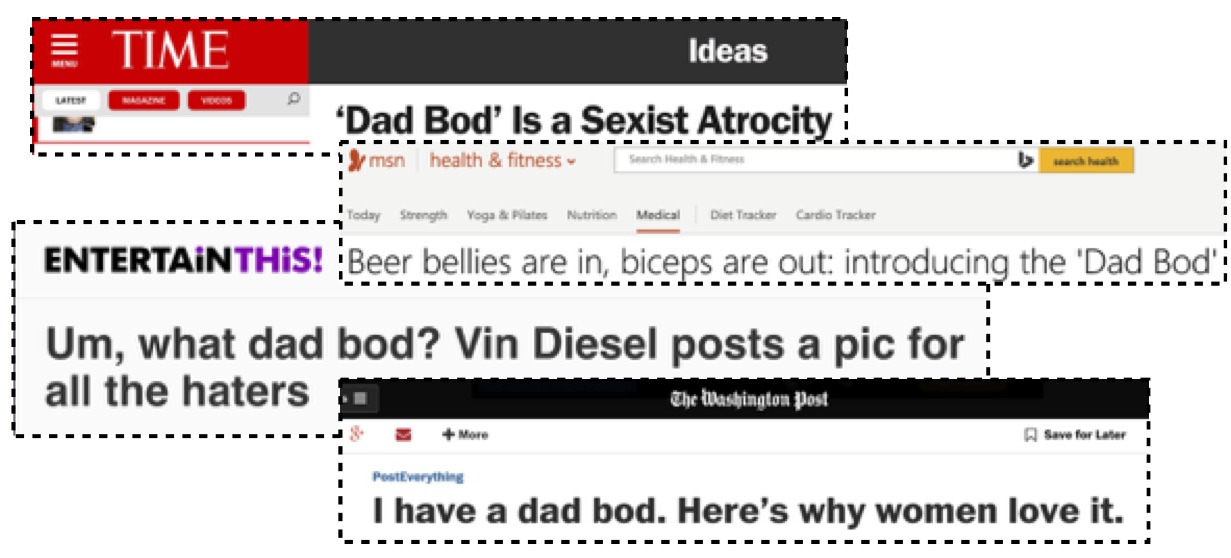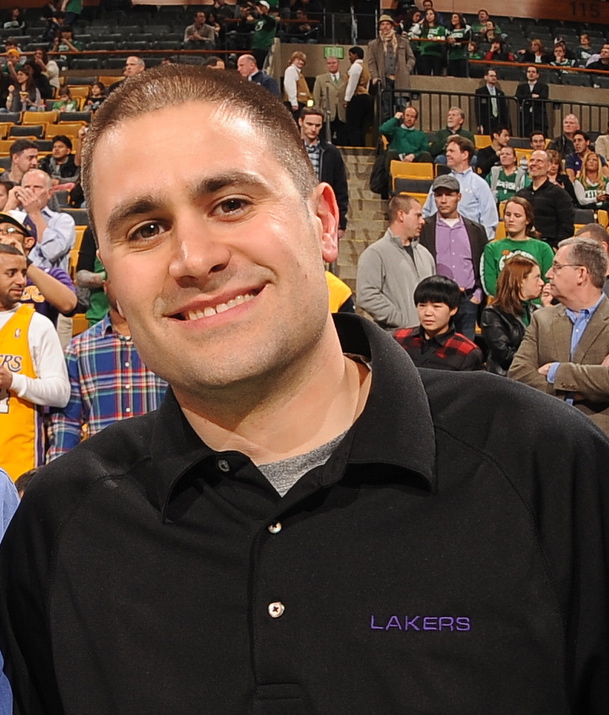You’ve seen it in the tabloids. Its permeated social media. And, some women are even swooning over the #dadbod. So, is this body type – a man who isn’t obese, but isn’t fit, might work out, but definitely enjoys a few beers on the weekends – something that exists or is it a fabrication blown up by the Internet? 
It turns out Dad Bod is very, very real.
While there are times in man’s life where he is expected to put on a few pounds (think the freshman 15), a recent study confirms that most men gain weight after becoming a father. That’s right, hence the term Dad Bod. But why?
In college, it’s obvious. In large, any diet consisting mostly of pizza and processed dorm food, along with the occasional kegger, will contribute to sudden weight gain. But, it’s new dads that tend to give up unhealthy habits, like smoking and alcohol. So, if new dads are chasing after little ones, where does the weight gain come from?
Researchers believe it can be attributed to the major lifestyle change of being a parent. Despite men giving up most of their unhealthy habits, they tend to eat a lot more food and get less regimented exercise. Becoming a father was linked to a 4 lb gain. The study also found that men of the same age who were childless actually lost 1.4 lbs.
Other studies have indicated that men who live with their pregnant partners show a 20-30% drop in testosterone, lasting until up to 6 months after the baby is born. This temporary drop can include symptoms of increased appetite — which, if true, certainly can contribute to the weight gain experienced by new dads.
Research also indicates women are just as attracted to Dad Bod as they are men with wash board abs. However, it’s important to note gentlemen that a little weight gain can quickly turn into a lot.
Nothing changes your life quite like becoming a parent, so finding a routine that keeps the pounds off can be tough. We wanted to get to the bottom of the Dad Bod a little more, so we asked Los Angeles Lakers Head Strength & Conditioning Coach Timothy DiFrancesco to give us a better understanding of this phenomenon.
Here’s what he had to say…
[hr gap=””]
Q: What are the key physical distinguishers of the Dad Bod?
A: A high-level Dad Bod screams, “I workout occasionally, so I can eat/drink what I want.” When you workout inconsistently instead of regularly following a progressive training plan, you have less incentive to pay attention to responsible nutritional habits. There is more to a comprehensive Dad Bod than a midsection with extra padding. An underdeveloped chest, undefined arms, and a flat butt/skinny legs are also elements that make an authentic Dad Bod.
Q: Why does this body type seem most prevalent among men with kids?
A: You don’t have to be a dad to have Dad Bod, but the odds might be against you when kids are in the equation. Although most new parents consider family additions to be the best thing that ever happened to them, there are more responsibilities and stressors that go along with it. Less time to dedicate to taking care of yourself and more stress is a bad combination. This typically means more stress-related cortisol production. Cortisol is a stress response hormone that can cause muscle breakdown and impair fat burn.
Q: This lifestyle change affects moms just as much as dads. Why do you think this trend is pinpointing men?
A: Moms have just as many new stressors and responsibilities (if not more) as dads, so why is the Dad Bod trend so prominent? The easy answer is that women may possess greater stress-coping skills than men. Therefore, their ability to manage cortisol production is enhanced. Several studies show that when you place men and women in a stressful environment, men had significantly higher total cortisol levels.
Another thing to consider is that the Millennial Generation is now entering the work force and having kids. Millennials like to share socially, hence the explosion of social media. Dad Bod is not a new phenomenon, but it just has more routes of exposure now. Additionally, Millennials tend to seek tight bonds with authority figures, which might explain why the Dad Bod is considered cute, cuddly, or attractive. It can make an authority figure appear more “human” and approachable.
Q: Are there health detriments of a Dad Bod or is it more of an aesthetic?
A: Dad Bod should be taken seriously from a health and performance standpoint. The primary concern is fat build up around the abdomen. It might not be what you see, but what you can’t see that’s the problem. Fat build-up around the organs within the abdominal area is dangerous over time because it crowds the vital organs and their ability to function. Additionally, when a person lacks lean muscle or strength in the hips or gluteal area (as many Dad Bod reps do), you are prone to knee and lower back pain or injury.
Q: In order to avoid Dad Bod, both diet and fitness are important. Could you give dads some tips on how to do their best with their busy schedules?
A: Diet Tips: Eat when you are hungry, don’t when you aren’t. We often eat just because it’s a certain time of day or there is food in front of us. Also, a good trick to help fend off the villainous office/workplace goodies that are brought in regularly: Stick to sweets that are homemade. Not many people bring in homemade baked goods anymore, so if you avoid all the store-bought treats, you’ll be ahead of the game.
Fitness Tips: Try “chunking” your workouts – 15 push-ups when you get out of bed, 15 before you sit down for lunch, and 15 before you leave your office for the day. That’s 45 push-ups, which is much better than skipping the workout all together. Another tried-and-true tip is to take the stairs every chance you get. You’d be surprised how this can add up.
[hr gap=””]
About the author:
Want more health hacks and wellness insights? We got you covered. You'll also receive a code for 15% off your first order!


